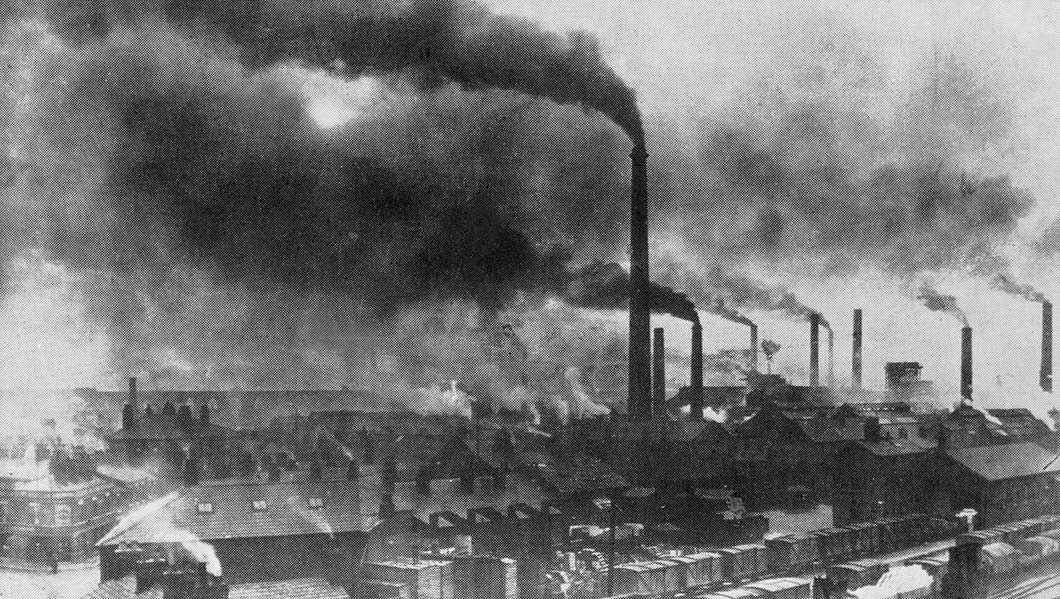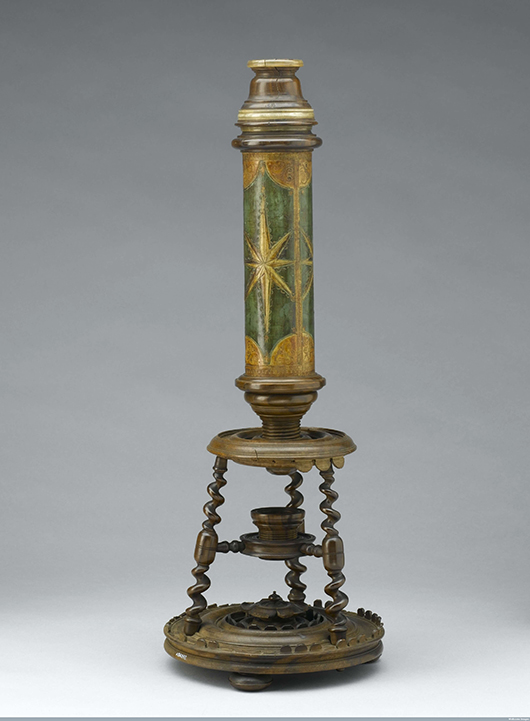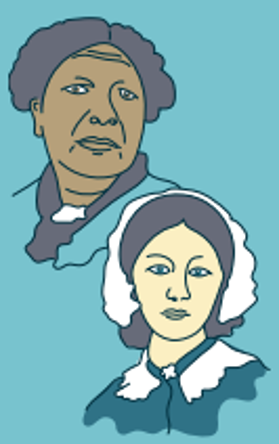This topic takes on average 55 minutes to read.
There are a number of interactive features in this resource:
 History
History
 Biology
Biology

Industrial towns had poor housing, sanitation and air quality
The industrial revolution of the 18th and 19th centuries saw a massive change in the way people lived and how this affected their health. People moved from small villages and an agricultural lifestyle to live in towns and cities that sprang up around the new factories, where they could work. People lived in dirty, overcrowded conditions with poor sanitation and dirty drinking water. Many died from diseases such as cholera, tuberculosis, measles and pneumonia – infections that could spread quickly and easily in these conditions.
Two of the big medical advances of this time were:
People's understanding of the body increased tremendously and finally dispelled ideas that had remained from ancient Greek times. Scientific knowledge spread rapidly because scientists began to publish their work in books. A Dutch clockmaker, Anton Van Leeuwenhoek, made one of the earliest microscopes to use a glass lens. The detail the revolutionary microscopes could see allowed the English scientist Robert Hooke to observe cells for the first time.
Medicine also made great advances during this time. Edward Jenner pioneered the earliest vaccinations and discoveries by Louis Pasteur and Robert Koch led to the understanding that infections were caused by certain bacteria or germs. The study of microbes, or microbiology, was born and the increased knowledge of pathogenic microbes led to the development of new medicines to tackle infectious diseases. The pharmaceutical industry was born.
The ideas of an earlier physician, Thomas Sydenham, were applied and this led to a great advance in the treatment of patients. He recognised the importance of detailed observation, record-keeping and the influence of the environment on the health of the patient.

Microscope from around 1700

Mary Seacole and Florence Nightingale
There were two key figures who nursed military casualties in the Crimean war. Mary Seacole wanted to nurse British troops in the Crimean war but the Government refused. In the end, Mary funded her own travel to Crimea and then built a hotel, called the British Hotel, and used her extensive medical knowledge and experience of nursing patients with cholera and yellow fever amongst other illnesses, to nurse wounded and ill soldiers from the front line. Mary Seacole was also known to care for wounded soldiers on the battlefields.
Meanwhile, Florence Nightingale, worked in a military hospital during the Crimean war. Conditions were poor and 80% of soldiers died from infections they caught in the hospital rather than their original wounds. Florence improved standards of hygiene and sanitation which dramatically reduced the infections in her hospital. When she returned from the war, Nurse Nightingale embarked on a campaign to modernise and improve hospitals. She set the foundations of hospital design and nursing practice that are still seen today.
There is a statue of Mary Seacole outside St Thomas’ Hospital, London, and a statue of Florence Nightingale at Waterloo Place, London.
Surgery also made great advances. Industry could produce better surgical instruments and operations were often performed in open theatres with interested members of the public invited to view them. There were no anaesthetics and surgeons prided themselves in the speed with which they operated; just a few minutes for a leg amputation. From the 1840's onwards, the discovery of the anaesthetics ether, chloroform and cocaine allowed surgeons to take more time and care over operations. Modern anaesthetics mean that operations lasting several hours are now commonplace.
|
An operating theatre |
The Charing Cross hospital |
A state-of-the-art modern |
Joseph Lister realised that infections caught during an operation often lead to death by septicaemia. He pioneered the use of carbolic acid as the first antiseptic to clean wounds and surgical instruments. Operations were performed with a fine spray of carbolic acid passed over the patient to kill any microbes in the air. In one Newcastle hospital, use of Lister's antiseptic technique reduced deaths from infection from nearly 60% down to just 4%.